- Today’s Movie: The Green Berets
- Year of Release: 1968
- Stars: John Wayne, David Janssen, Jim Hutton
- Directors: Ray Kellogg, John Wayne
This movie is not on my list of essential films.
NOTE: This installment of Sports Analogies Hidden In Classic Movies is being done as part of something called The Leap Year Blog-a-Thon being hosted by Taking Up Room. The concept here is to celebrate Leap Day 2020 with a blog-a-thon on February 29th. To do so, this event features three categories:
1) Movies or TV shows starring celebrities born on February 29th
2) Movies or TV shows that play with time (e.g., Interstellar, Outer Limits, Back To the Future, et cetera…)
3) Wild Card: Any movie or TV show you’ve always wanted to review but never had the chance to.
I’ve never has a chance yet to write about John Wayne’s 1968 film “The Green Berets.” But it also features a face familiar to many Wayne productions, that of character actor Edward Faulkner, who was born on February 29th, 1932 in Louisville, Kentucky.
You can see all the contributors to this blog-a-thon here.
The Story:
Made in 1968 and set during the height of the Vietnam War, this John Wayne produced and directed film wastes no time getting to it’s stark anti-communist message. “The Green Berets” begins with a Special Forces briefing about American military involvement in the war in Vietnam. In no time, this briefing escalates into what might as well have been a tête-à-tête between a cynical newspaper reporter George Beckworth (played by David Janssen) and Green Beret Sergeant Muldoon (played by Aldo Ray)…despite the presence of at least two hundred other people.
Muldoon launches into a lecture rivaling the best of Sergeant Joe Friday of “Dragnet” fame, the subject of which being a detailed dissertation of the presence of international communism in Vietnam. This is prompted by Beckworth’s skepticism over what he believes to be nothing more than American intervention in a Vietnamese civil war of no concern to the outside world. Muldoon then almost literally buries Beckworth in evidence; weapons and equipment captured from North Vietnamese (NVA) soldiers and Viet Cong (VC) guerrillas which was all manufactured in the Soviet Union, Communist Czechoslovakia, and Communist China, to name a few. At this point, Green Beret Colonel Mike Kirby (played by John Wayne) asks Beckworth if he has ever been to Southeast Asia, When Beckworth replies that he has not, it’s obvious that Kirby is immediately dismissive of any opinion Beckworth has. Kirby’s response gives Beckwortth a sense of needing to see for himself; he accepts Kirby’s invitation/challenge to go to South Vietnam.
Beckworth doesn’t waste any time getting into the thick of things. He finds Colonel Kirby with two hand-picked special forces detachments; one team is commanded by Captain MacDaniel (played Edward Faulkner) intended to replace a team at a fire-base nicknamed “Dodge City;” the other forming a counter-guerrilla force alongside South Vietnamese and Montagnard fighters. At “Dodge City,” Beckworth first notices the humanitarian aspect of the Special Forces mission; the digging of irrigation ditches, provision of medical care for the locals, giving candy to children, et cetera… Despite this, Beckworth remains unconvinced of America’s need to be in Vietnam.
Another eye-opening moment for Beckworth is his introduction to Army of the Republic of Vietnam (ARVN) Captain Nghiem (played by George Takei). Nghiem was a Việt Minh officer from Hanoi during the previous war of liberation from the French colonists, and is now a fanatic anti-communist. He wants to “kill all the stinking Viet Cong” to win this war, and Beckworth can’t believe his claims there is a spy network within “Dodge City” and the ARVN strike force.
That night, “Dodge City” comes under a VC mortar attack, the precision of which leads to heavy casualties. The next day, Sergeant Muldoon discovers the source of the precision of the previous night’s mortar barrage when he spots an ARVN soldier pacing out distances in the camp. Muldoon flattens him and drags him up in front of Kirby and Nghiem. During their interrogation, a silver Zippo lighter is discovered in the ARVN soldier’s possession. The lighter belonged to a friend of Kirby’s who was a Green Beret medical specialist recently murdered by the VC. Needless to say, things don’t go well for the ARVN soldier after this; it’s pretty obvious he is getting a date with a firing squad although that is never shown.
However, after Beckworth watches Nghiem torture the ARVN soldier/VC spy, he confronts Kirby about it. Beckworth is starting a rant about “that man’s rights” and “due process,” when Kirby interrupts with a stern admonition about “out here, due process is a bullet.” Kirby then backs that up with the story of the cigarette lighter, the man who it belonged to, and how the spy came to be in possession of it.
Beckworth doesn’t know it yet, but this is the moment where his view of the war changes. The confirmation comes a few days later when Beckworth accompanies Kirby and his team on a patrol in the nearby mountains. Before that patrol, the people of a Montagnard village had come to “Dodge City” to get medical attention for the chief’s grand-daughter who had stepped on a Punji stick. While she is being treated by Kirby’s medical specialist, Beckworth befriends the little girl. But when Kirby’s patrol and Beckworth’s arrive at that village, they discover the chief and most of the male villagers have been tortured and executed by the VC for cooperating with the Americans, and the women including the chief’s grand-daughter had been gang-raped and murdered.
Even Beckworth himself realizes his view has changed completely; even he now knows the Viet Cong are ruthless killers who must be stopped. What he doesn’t know is for him, the worst is yet to come. The next night, “Dodge City” comes under a “human wave” attack by thousands of Viet Cong and North Vietnamese troops. The attack is so ferocious that Beckworth is forced to take up a rifle plucked from a dead ARVN sergeant and fight alongside the Green Berets, and assists moving villagers into “Dodge City” to protect them from the NVA and VC.
Eventually, the wire is breached and the North Vietnamese flood into “Dodge City,” forcing the Green Berets and ARVN soldiers to retreat to the inner perimeter. Both sides suffer heavy casualties, but ultimately the VC and the NVA take control of the base. The Green Berets and the ARVN soldiers who survived the attack escape through the wire, and Kirby orders an airstrike by “Puff the Magic Dragon” (a Douglas AC-47 “Spooky” armed with three M61 Vulcan cannons), which obliterates the occupying VC and NVA troops. Once all the VC and NVA in the camp have been killed, Kirby and his team re-occupy it.
After the battle, Kirby and Beckworth have a moment in which the reporter tells the colonel that he’s going to write a story fully supporting the United States involvement in the war knowing he’s going to be fired for doing so, then thanks Kirby for giving him the experience.
Now for purposes of full disclosure…
For my money, this is where this movie should end. After this point, there’s a couple of side-plots that carry the rest of this movie, and they feel clumsy and unnecessary. The kidnapping of the NVA general adds nothing to the plot of the movie other than to shoe-horn in some action sequences. Even more over- the- top is the relationship between Sergeant Petersen (played by Jim Hutton) and the Vietnamese orphan known as “Ham Chuck” (played by Craig Jue). Anybody with even the most passing knowledge of the Vietnam War knows this movie is not going to have a happy ending.
Understand that I’m saying this as both a massive John Wayne fan and as somebody who served in the U.S. Marines, so I’ve seen first-hand what totalitarian regimes do to people, so selling me an anti-communist message is about as hard as telling me pizza is delicious.
“Ham Chuck” only exists to sell me the idea that war is full of innocent victims; often times they are children. Not only was that already handled by the Montagnard chief’s grand-daughter, but the comic relief provided by “Ham Chuck” feels completely out-of-place and totally telegraphs the punch Wayne is trying to throw with his message.
There’s two reasons why I point that out. First of all, when it was released “The Green Berets” was savaged by critics largely for it’s not-so-subtle political overtones. Frankly, I’ve always thought that was the intellectually lazy way to approach this movie given the structural flaws I’ve just discussed. Secondly, that approach also completely ignores the fact it took huge guts to make and release this movie knowing full well how polarizing it would be. It took a figure as large as John Wayne to do it, and to able to withstand the slings and arrows because he didn’t have to care what the traditional “Hollywood” establishment thought of it. Like it or not, you have to respect somebody who believes in something so strongly he takes action knowing full well he’s going to take heavy fire.
To me, that hints at the real value of this film. By no means is “The Green Berets” Wayne’s best movie, but it is one of his most important. Fifty years after the fact, for a multitude of reasons, America still has a crisis of conscience over the Vietnam War, and while “The Green Berets” is clumsy and terribly dated, the issues it tackles are as current as they could be. If you doubt that, think about how easy it would be to re-make that movie today by simply replacing Vietnam with Afghanistan.
From there, feel free to draw your own conclusions. That’s what freedom is all about, unless you live under a totalitarian regime which does not tolerate that.
The Hidden Sports Analogy:
Regardless of your political stripe, one thing we can all agree on from “The Green Berets” is it is a terrific example of a Special Forces detachment being a “team within a team.” Not only are they a select group within a larger force, their expertise and cross-training makes them very effective even in small numbers. Despite that, they still must work together, and it takes even more time and training for them to function as one cohesive unit.
This description also could be used to describe the offensive line for a football team. Those five “big eaters” up front are the heart and soul of any winning football team; if you doubt that, tell me a Super Bowl winning team that didn’t have a great line. I’ll wait…cue “Jeopardy!” music here…
This isn’t just reserved for the winners. The Buffalo Bills of the early 1990s were one of the greatest teams in the history of the National Football League, having played in four consecutive Super Bowls. But most fans know the Buffalo Bills as the team that lost four consecutive Super Bowls.
It just came down to some bad luck at the absolutely worst time for the Buffalo Bills. For the two losses to the Dallas Cowboys, it was just a matter of running into the one team in the NFL that was better than they were. For the one loss to the Washington Redskins, they ran into Mark Rypien for the 49 minutes he was a great quarterback. But for the Bills, the first loss had to be the one that hurt the most.
The 1990 Buffalo Bills were the best team in football, and as such they had the best offensive line in the game. Everybody remembers the missed Scott Norwood field which cost them the game, but it needs to be noted how well the Bills’ offensive line played in that final drive to set up that field goal opportunity. The big five up front opened holes that running back Thruman Thomas could have driven a school bus through, and quarterback Jim Kelly had enough time in the pocket to cook an entire Thanksgiving dinner.
But like how the Green Berets won many battles in a war in Vietnam which was ultimately lost, the Buffalo Bills’ failure to capture the Lombardi Trophy was no reflection on the efforts of left tackle Will Wolford, left guard Jim Ritcher, center Kent Hull, right guard John Davis, and right tackle Howard “House” Ballard.
Together, those five men led the legendary Buffalo Bills “K-Gun” offense to the top of the NFL, and provided the foundation upon which quarterback Jim Kelly, running back Thurman Thomas, wide receiver Andre Reed, and head coach Marv Levy built their Hall of Fame careers.
But on that Super Sunday in 1991, the Buffalo Bills offensive line played exceptionally well, but still came up on the losing, side, just like the Green Berets did so that General William Westmoreland could miss the field goal in Vietnam.
The Moral of The Story:
Be it a green beret or a shiny football helmet…never underestimate the value of brute force.
P.S. In case you were wondering, there is a reason why I might be partial to the big guys wearing the big numbers… And yes, that picture was taken at the dawn of color photography.
Check out Dubsism’s Movies and Blog-A-Thons page for a full schedule of projects past, present, and future!
Got a question, comment, or just want to yell at us? Hit us up at dubsism@yahoo.com, @Dubsism on Twitter, or on our Pinterest, Tumblr, Instagram, Snapchat or Facebook pages, and be sure to bookmark Dubsism.com so you don’t miss anything from the most interesting independent sports blog on the web.



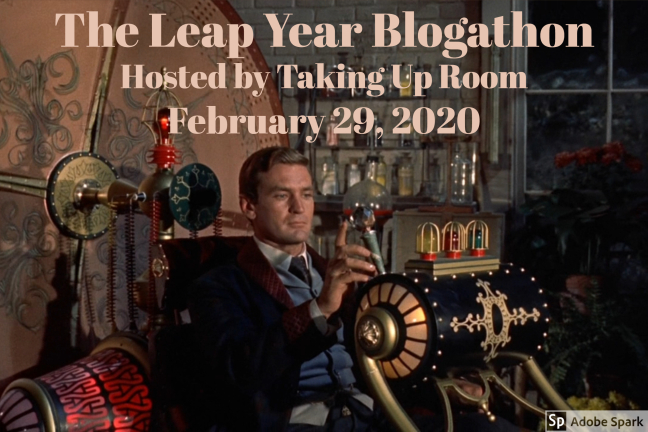


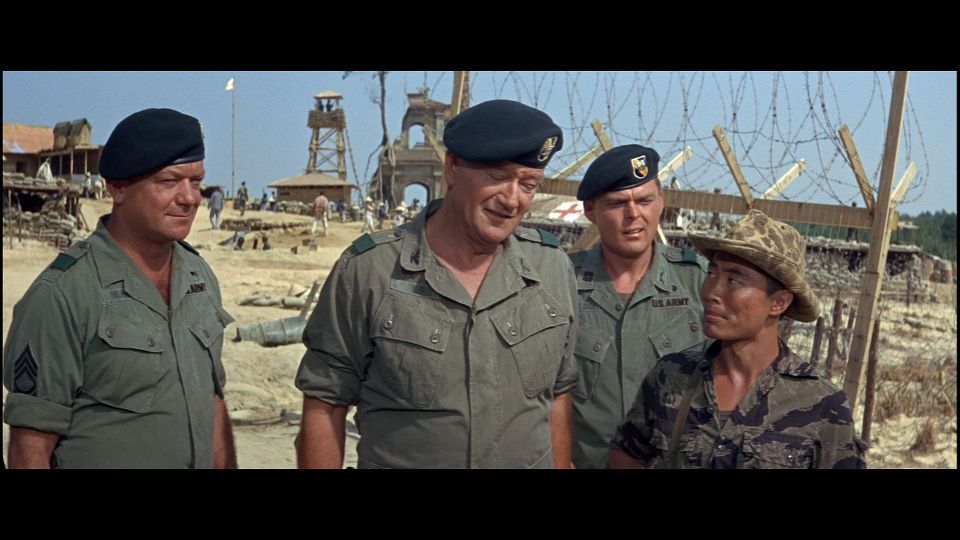

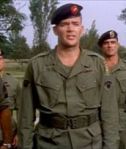

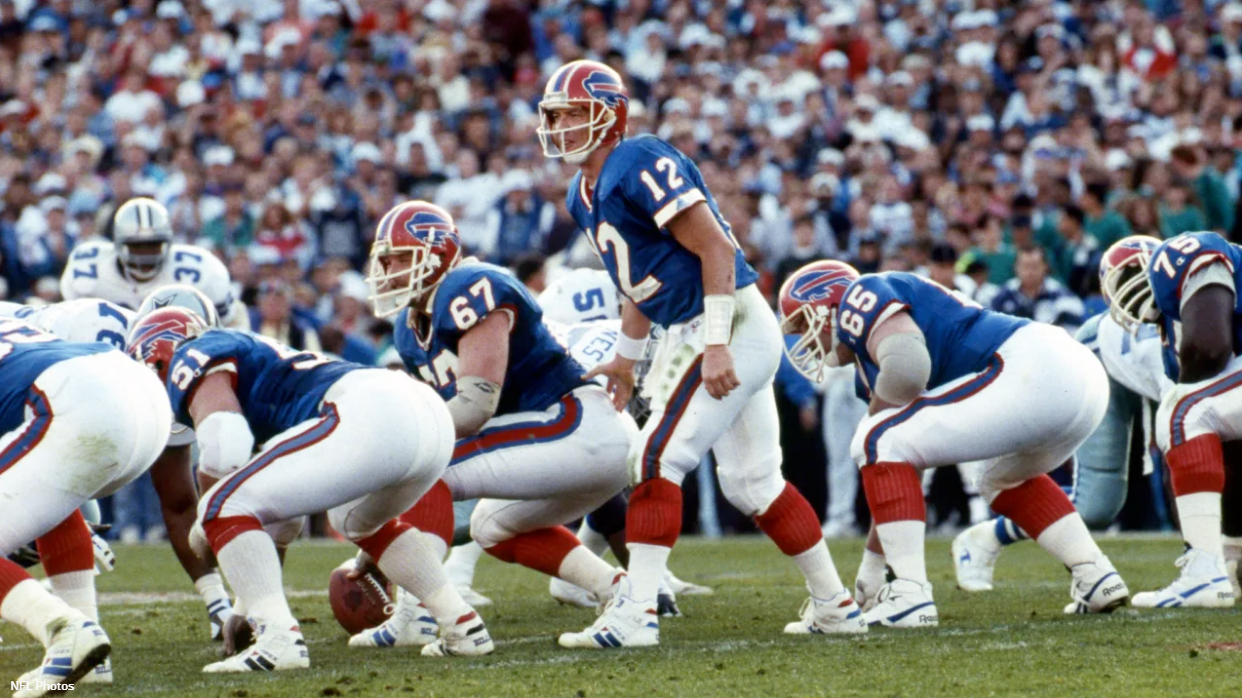

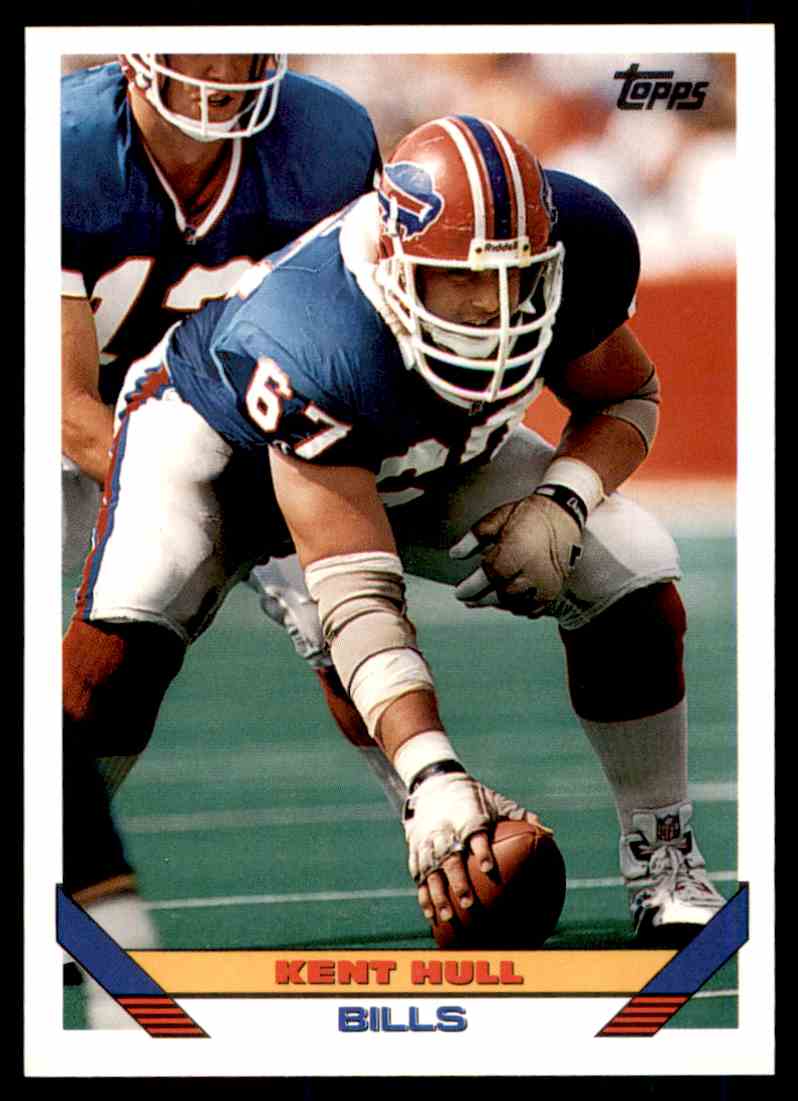
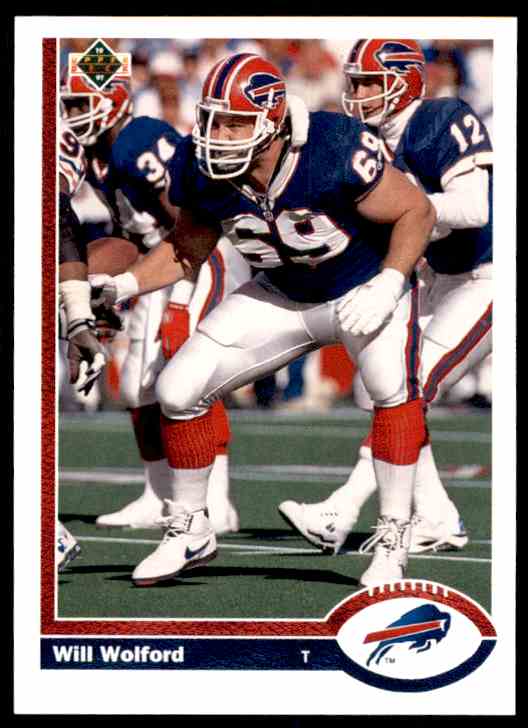
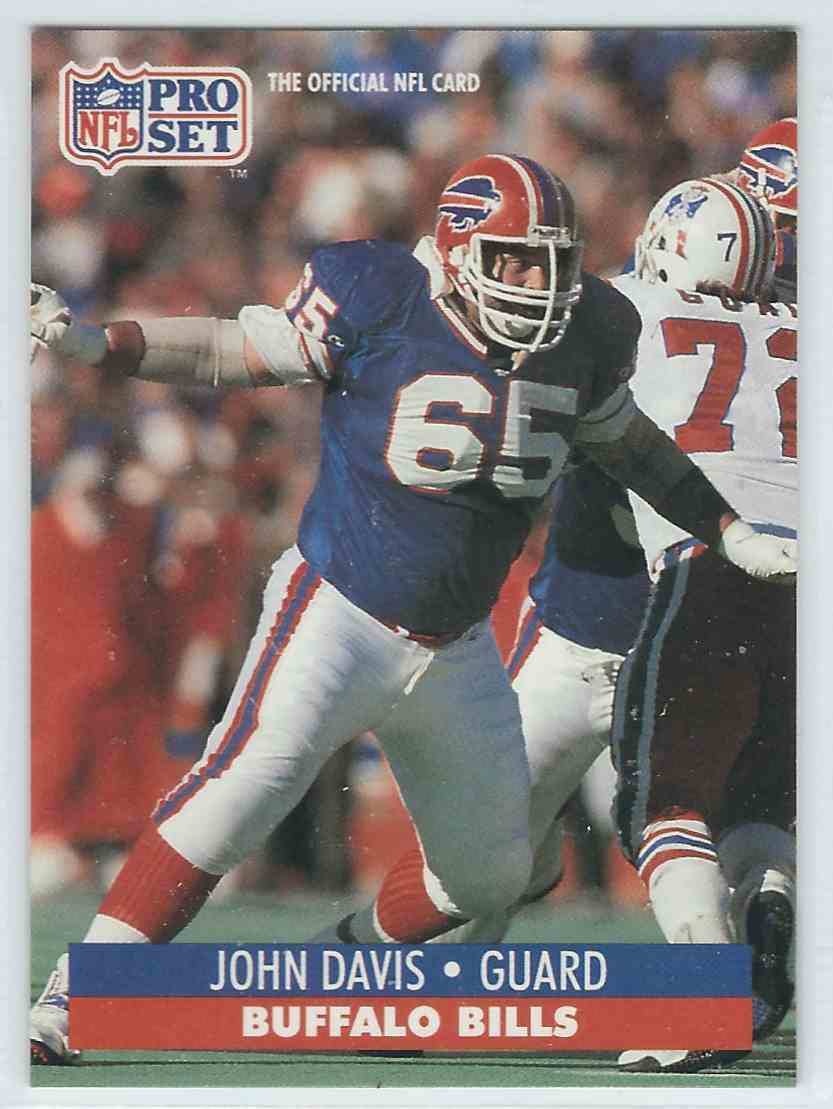
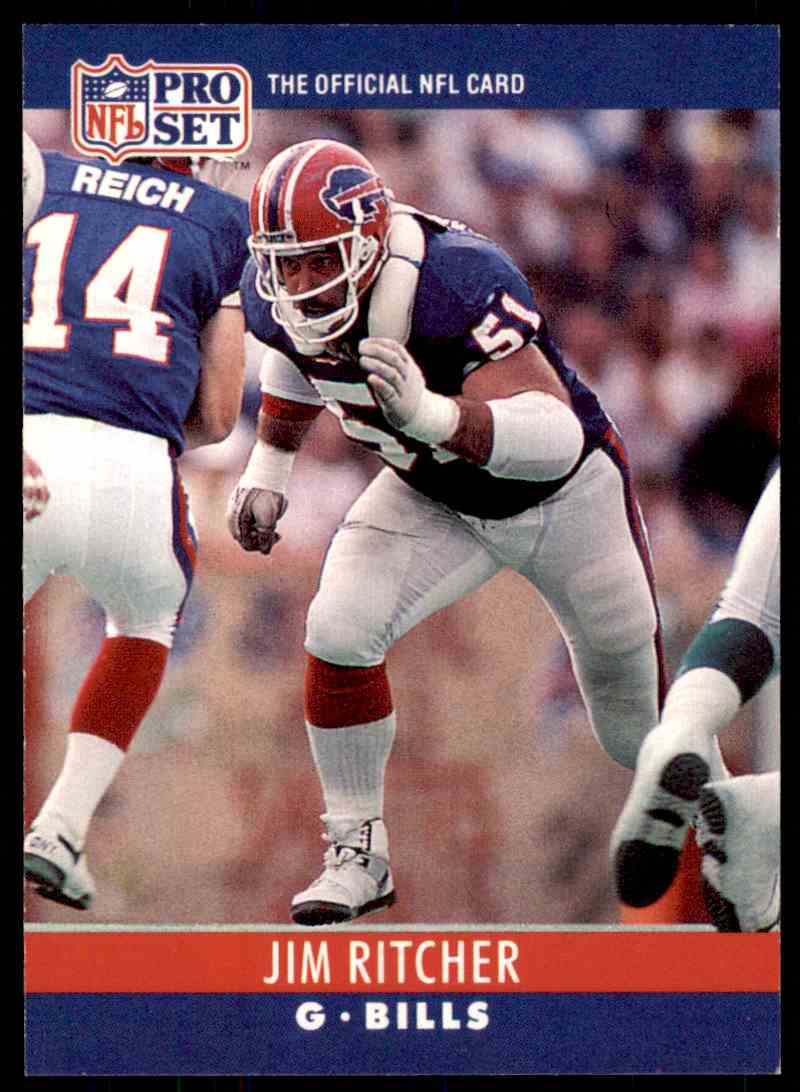
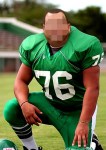

[…] Dubsism: The Green Berets (1968) […]
LikeLike
I’ve never watched this movie, mostly because it does look like an unsubtle message from the far right. But I appreciate the detail you went to in showing how thought-out every aspect of the movie is. Nicely done!
LikeLike
I haven’t yet seen this movie (Wayne fan that I am). Perhaps when we do cross paths, I will end it at your suggested point. Too many movies suffer from a lack of editing. Even the best of producers/directors/writers need to have their pet ideas reigned in if they are to reach an audience.
LikeLike
Wow, that’s so cool about Edward Faulkner being a Leap Year baby. I know I saw “The Green Berets” years ago but it’s a total blank, so now I want to see it again. It’s a pleasure as always, J-Dub–thanks again for joining the blogathon!
LikeLike
[…] Call it being on a “roll” if you will, but it just so happens this is the third movie recently about which I’ve written where communism plays a major role. The first two were set in the 1960s, one being a clumsy comedy about an inept Air National Guard unit, the second centers on the East v. West “proxy war” known as Vietnam. […]
LikeLike
[…] P.S. This isn’t the first installment of this series discussing a movie made by John Wayne and at least one of his sons. […]
LikeLike
[…] The Green Berets (1968) […]
LikeLike